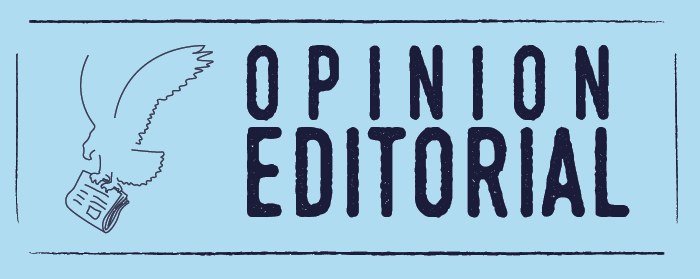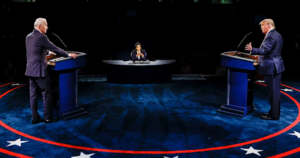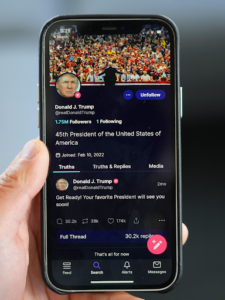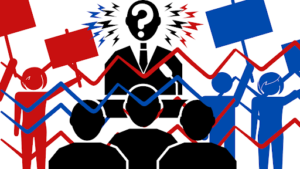Recently, personality tests have soared in popularity across the world. Hundreds of tests have emerged with the promise to show individuals who they truly are. But is there actually anything useful to these tests?
A few of the most popular tests include the Meyers-Briggs Type Indicator and the Enneagram––both of which are being implemented by companies across the globe in order to create a more understanding workforce.
The first of these tests, Meyers-Briggs or MBTI, uses a theory of psychological types created by Carl G. Jung. According to their website, the purpose of MBTI is to make this psychological theory “understandable and useful in people’s lives.”
Those who decide to take the official test are asked a series of questions relating to four primary areas, which lead to a four-letter personality type description.
These areas––favorite world, information, decisions and structure––all have two options. Each letter the participant ends up with relates to these four areas and helps them better understand how they interact with people, process information, make decisions and create structure in their lives.
The research is ongoing and continues to update users with new information, but according to MBTI’s website, hundreds of studies conducted for more than four decades conclude the MBTI is valid and reliable.
The Enneagram is similar to the MBTI in assigning a specific personality type to each person who takes the test. According to the Enneagram Network, this system “combines traditional wisdom with modern psychology” with three applications: personal and spiritual growth, relationships with others and business development.
Each test-taker will end up with one of nine personality types: Type 1, Perfectionist; Type 2, Helper; Type 3, Performer; Type 4, Romantic; Type 5, Observer; Type 6, Loyal Skeptic; Type 7, Epicure; Type 8, Protector; Type 9, Mediator.
While these tests seem fun to do for personal insight, many people are skeptical there is any useful information to be gained in “real life” from such tests. Yet, hundreds of businesses and organizations are administering these tests to their employees. Why?
According to the consulting firm Transform, Inc., the Enneagram test “reveals individual strengths and blinding barriers to success, as well as the different ways people tend to interpret situations, events, encounters and experiences.”
While the Enneagram test allows individuals to unlock who they “really” are, the test also gives coworkers, family members, friends and acquaintances a deeper look into why they do what they do, which is a critical asset in a workplace.
Similarly, the MBTI also allows others to better understand their superiors, coworkers, etc., in order to cultivate a successful organization.
Business websites such as Forbes also see tests such as the Enneagram and MBTI as solutions to issues within the workplace. In a scenario described by Forbes, understanding the differences in Type 1s and Type 6s allowed an organization to relate better to one another and fully understand what triggers them.
Once a group can identify these crucial differences, they can then develop a plan to help members be more cohesive.
Because more and more workplaces are implementing personality tests among employees, then these tests must be helping organizations in some way.
However, if you are still skeptical, I encourage you to take tests for each. There are free options available online with a quick Google search. At the very least, it will give you insight into yourself, and we could all use some personal development.











Be First to Comment